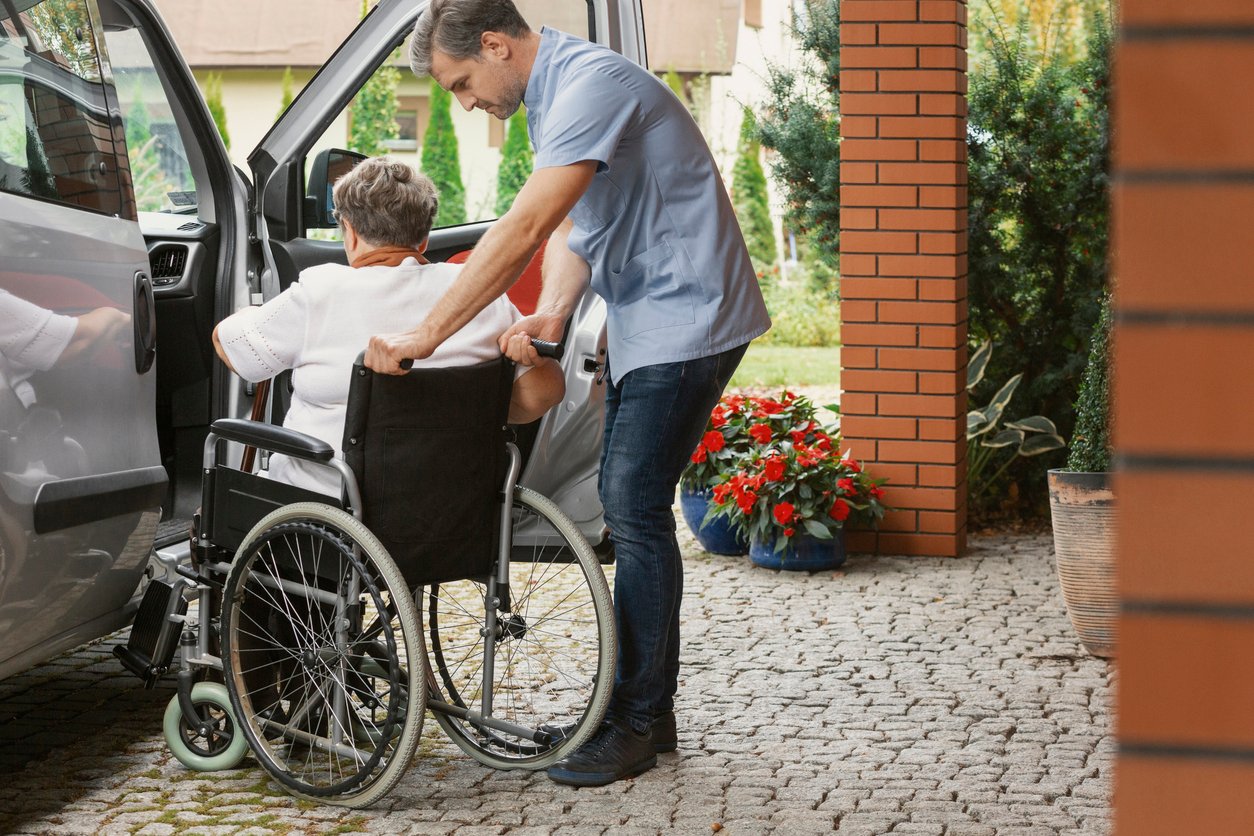SafeRide would like to provide the following information to assist our clients in their choice of the most appropriate mode of transportation for their patients who have tested positive for COVID-19 or are a person under investigation (PUI).
On March 10, 2020, the Centers for Disease Control and Prevention (“CDC”) issued Interim Guidance for Emergency Medical Services (EMS) Systems and 911 Public Safety Answering Points (PSAPs) for COVID-19 in the United States outlining certain steps to be taken to mitigate the risk of spreading Covid-19. This guidance includes recommendations for installing a physical barrier between a patient and driver, protocols for use of personal protective equipment (“PPE”) and, most importantly, training for drivers and fleet owners. Basic Life Support (BLS) is the non-emergent medical transport mode that aligns most closely with the CDC’s recommendations for EMS services.
To date, SafeRide Health is unaware of any CDC guidance for non-emergency medical transportation (NEMT) providers. SafeRide is aware that our NEMT partners are making good-faith efforts based on CDC recommendations to the general public, to minimize the risk of spreading COVID-19. However, we cannot warrant compliance with the CDC’s recommendations for EMS services.
SafeRide Health is a platform that offers livery, NEMT and BLS transportation options to the market. We will continue to defer to your professional medical judgment when identifying the most appropriate transport mode for your patients. As you utilize SafeRideManager™ in selecting transportation for your patients, we ask that you comply with CDC guidance for EMS transportation for your patients with known, or suspected, cases of COVID-19, so as to protect the health and safety of the NEMT drivers and prevent further spread of COVID-19.
SafeRide does not, and will not, discriminate against anyone based on the individual having a communicable disease and will comply with applicable statutes and regulations which protect the privacy of those having a communicable disease.
We will continue to update this page as additional information and/or guidance becomes available from state and federal agencies.
March 25 2020



